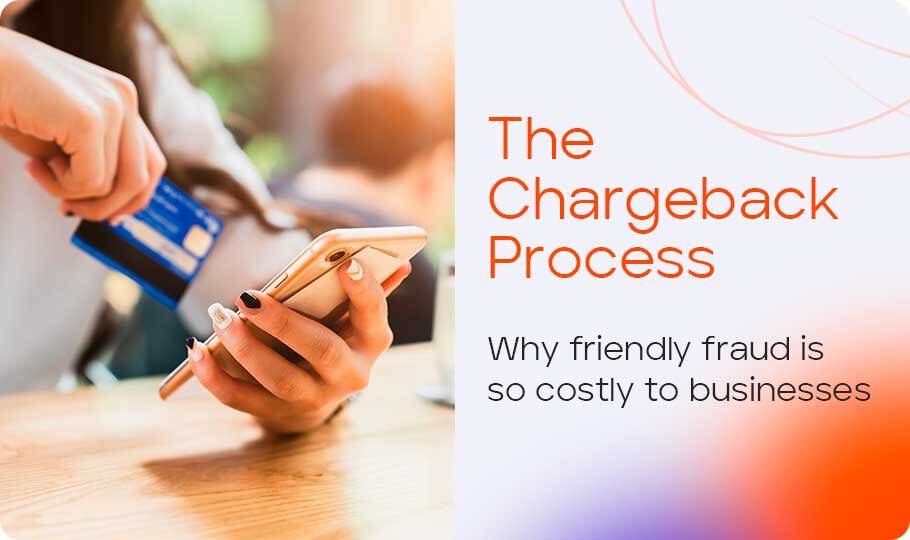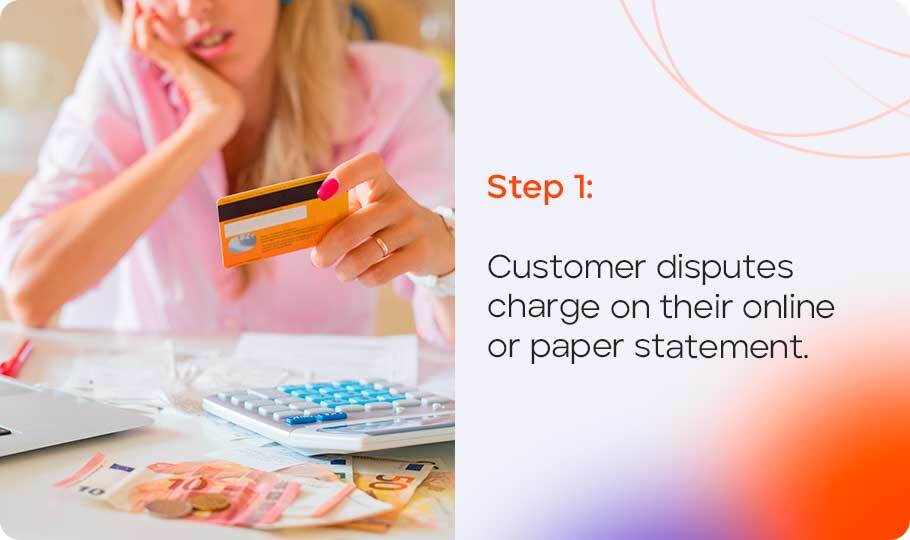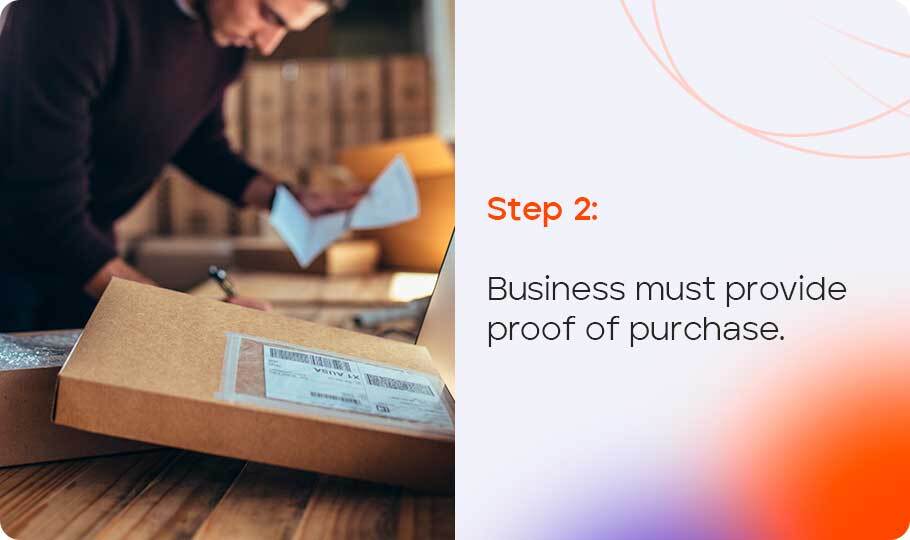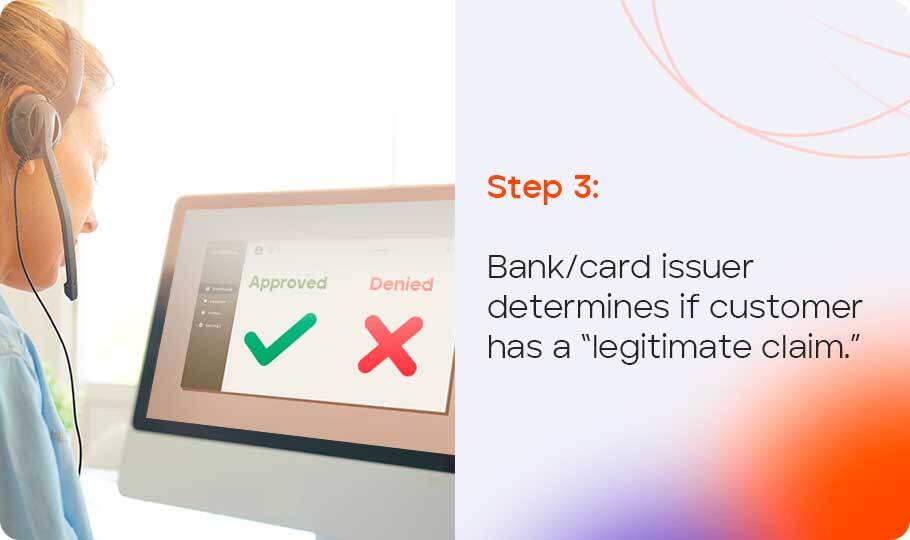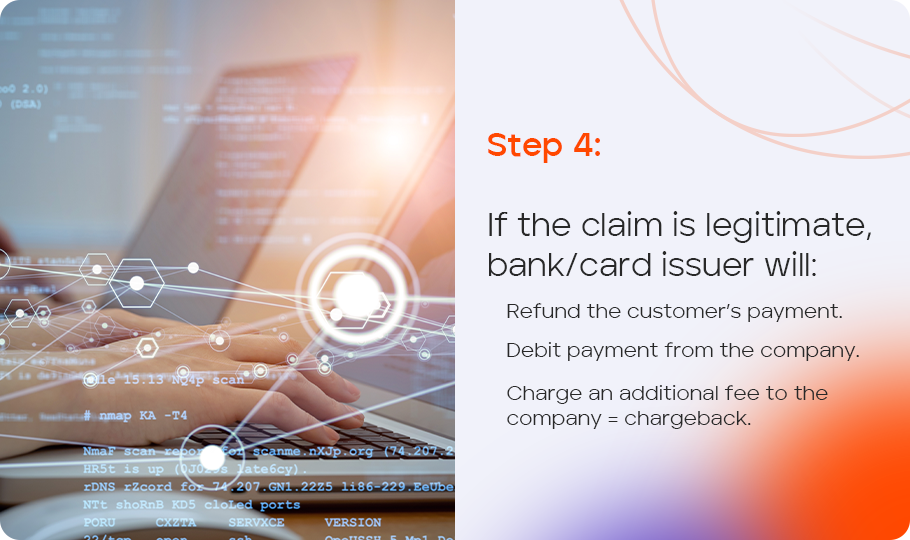- Establish and maintain exceptional customer relationships.
- Confirm orders through multiple channels.
- Clearly communicate shipping and delivery information.
- Require signatures at delivery for high-value orders.
- Make getting in touch easy.
- Ensure clarity on bank and credit card statements.
- Keep customers informed.
- Make policies prominent.
- Clarify subscription policies.
- Focus on clarity throughout the entire store.

Customers remember a great first impression. Make the shopping experience memorable and foster trust so customers will default to asking questions about a purchase instead of disputing a charge.

The best way to make sure a customer remembers they made a purchase is to send multiple confirmations to customers, especially through the channel they prefer. Include email, text, and in-app confirmations, if possible.

Shipping and delivery are big issues with customers. If they don’t know when to expect their products or they expected their products sooner, there’s a higher likelihood that they’ll assume the worst. Make sure to provide clear expectations about delivery dates to give customers peace of mind.

High-value items are among the most likely to be stolen or be involved in a fraud scheme. By requiring signatures for deliveries, especially high-value orders, companies can make it harder for a customer to deny receipt.

Offer multiple ways for customers to get in touch — phone numbers, email addresses, social media pages, chatbots — and make sure customer service can handle complaints efficiently.

Consider the business name that displays on a customer’s bank or credit card statement. Ensure the description won’t confuse customers – at the very least, let customers know what name they should expect to see on statements.

From the time the order is placed to when customers receive satisfaction surveys, stay in contact. Send order updates with shipping and tracking information so customers know where their merchandise is every step of the way.

Make sure that customers can easily find cancellation, refund, and return policies, as well as shipping information. These should be clearly stated on the website, receipts emails, texts, and even consider pop-up notifications as they apply.

Subscriptions are fodder for friendly fraud. Review subscription policies to make sure they’re clear, including the cancellation process.

Review product descriptions to make sure they’re clear and accurate. Invest in high-definition photos of products with 360-degree views and the ability to zoom in to see details. Any place where there is even a potential for misunderstanding should be examined and clarified.


